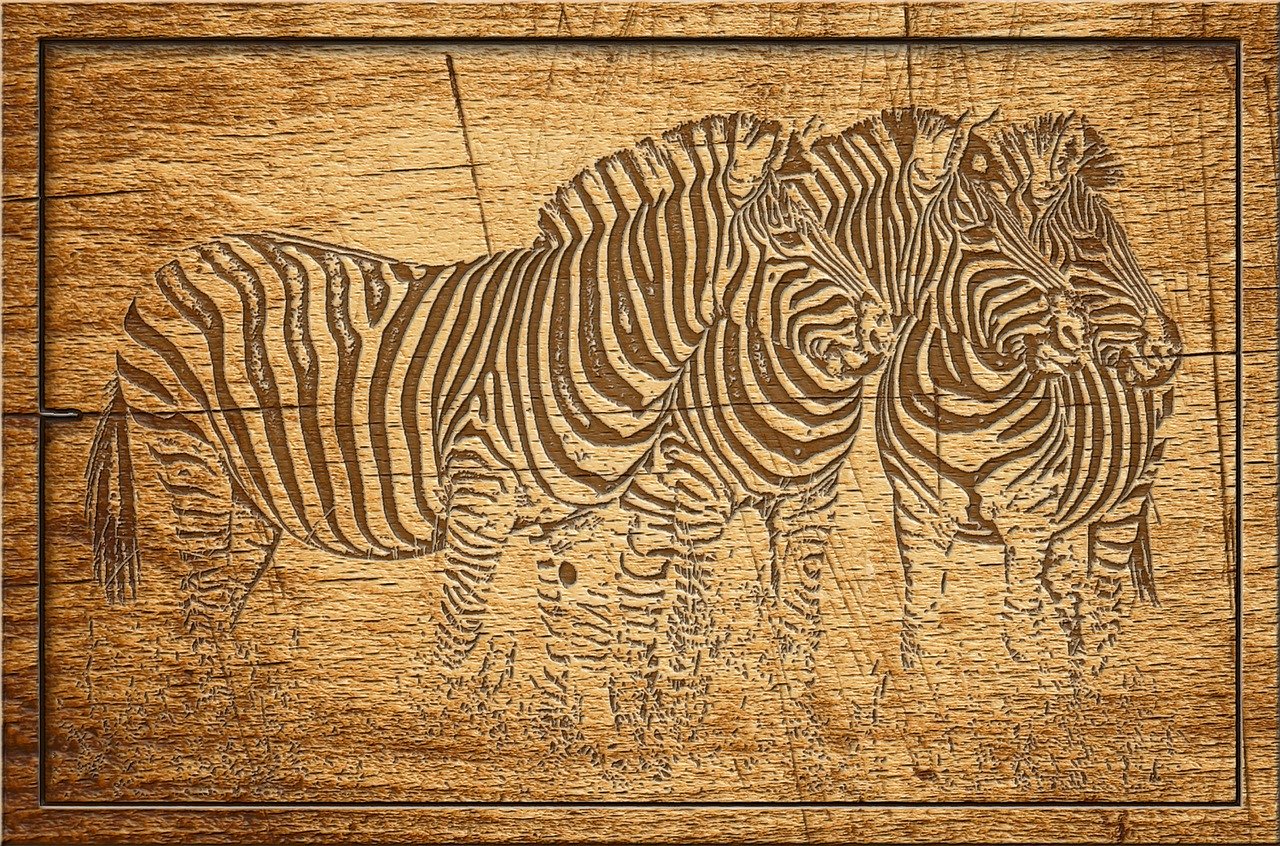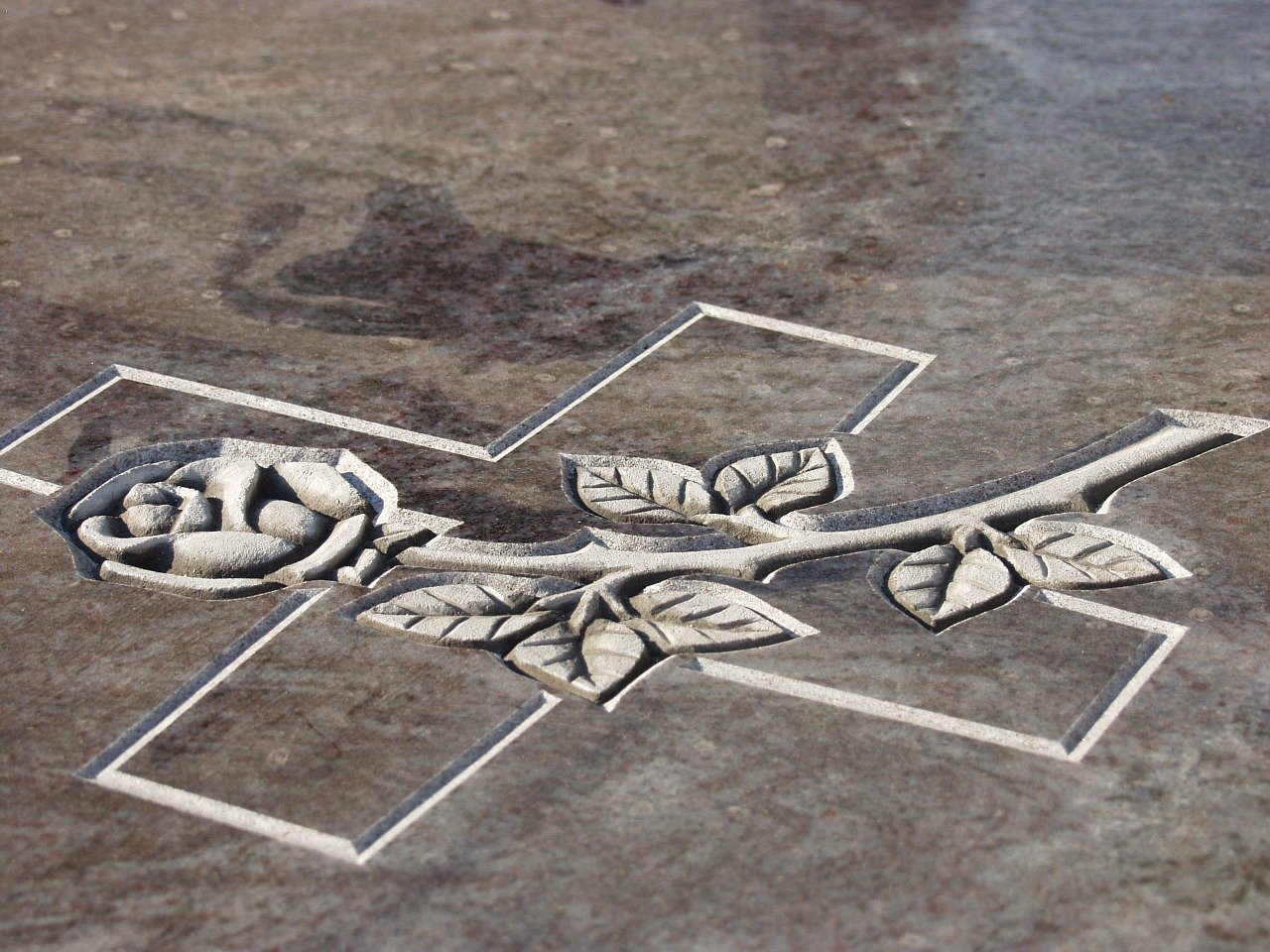
In the contemporary globalized world, information is disseminated in a wide and agile way in different ways. Digital media are presented as the main elements for the transmission of data and or information. However, in the past, engraving was one of the main means of reproducing and circulating information.
Technique is present in the history of the media and the arts. Of great relevance, to engraving brought contributions to the development of graphic processes. In the chronology, the artists used wood, metal and stone to expand the forms of reproduction of writing and image.
But what would an engraving be?
Simply and clearly, engravings are images made on hard surfaces like metal, wood or stone. The result of it will be printed and reproduced using the necessary tools in each process. One works on one surface aiming at the result on another.
The origin of the print comes from a manual process, totally handmade.
Engraving is different from drawing, because it is the reproduction of an image in a matrix that can be seen in another medium, whereas a drawing can be explored on its original surface.
The technique of engraving is secular and has undergone several processes of change until contemporary times. It is widely used in artistic works, in engineering and architecture.
For those who do not remember, many consider Johannes Gutenberg as the inventor of the press on an industrial scale. He who mastered the technique of wood engraving saw an opportunity, there between the years of 1.420 and 1.440, in Germany, to industrialize the individual reproduction of books.
That moment, each copy was made by hand, which made the reproduction of books and newspapers a very artisanal activity.
In 1455, using the developed technique, Gutenberg set up a typography and reproduced a few dozen of the Holy Bible, first book printed in the engraving model in the world.

Evolution over the years
Printmaking has this characteristic of innovating, to update, to incorporate new language issues, technological possibilities over the years.
There are several recording techniques and their production processes. The names of Greek origin bring in the prefix the origin of the material from which the engraving is made.
The main engraving types are:
Woodcuts: Xilo (wood), spelling (draw)
It is based on the incision of an engraving on a wooden matrix. The image is engraved on wood using sharp objects: goives, chisels, buris, etc.
Better known as wood carving, the woodcut transfers the image to the paper by applying ink to the sculpted print. It is a technique widely used until today, more traditionally in literature of twine, in the Northeast region of the country.
It is also a process much like the stamp.
Calcography: Kalkos (covers), spelling (draw)
The technique of engraving on metal or calcography began to be used in Europe in the 15th century. It's a technique that uses plates like copper, zinc or brass where the artist deposits acidic solutions on them that will corrode the metal and reproduce the artwork what about or metal.
Soon after, the ink is deposited in the grooves formed by this corrosion process, which gives rise to the image when transferred to paper.
Lithograph: lithos (stone), spelling (draw)
The lithograph appeared at the end of the 17th century and represented an advance for the media of the time. It was an evolution of the impression of commercial character due to its technique.
Sign up to receive Event News
and the Universe of Arts first!
It is based on flat printing on limestone, with a greasy pencil. Unlike other techniques, here the drawing is done with the accumulation of fat on the matrix surface.
In lithography, the stone is treated with chemical solutions to fix the design on the surface.
Serigraphy: silk (that), spelling (draw)
This technique of originally printing using a wooden frame and canvas (screen printing matrix) silk fabric, nylon or metal mesh.
Screen printing consists of depositing ink on the fabric, with the pressure of a squeegee on this matrix that filters the ink, forming the design to be printed.
Nowadays the term silk screen is used to refer to serigraphy.
The prints are excellent decoration pieces for walls and shelves, they give a unique feature to your environment. Invest in quality frames for the conservation of art and position them in a prominent place in the house.
The versatility of the engraving techniques used in the same environment also makes a fantastic visual effect in your decoration. The result is beautiful!
.
.
MAYK SOUZA
Bahia
E-mail: maykss@gmail.com
Contemporary Artists
ArtWorks Gallery
Google + | Facebook Fan Page | Twitter

